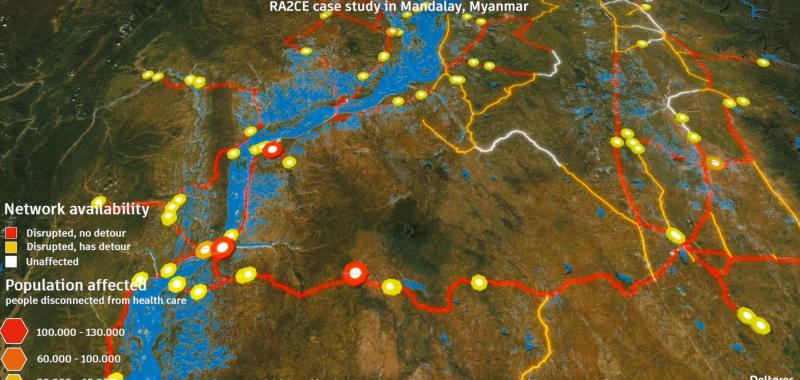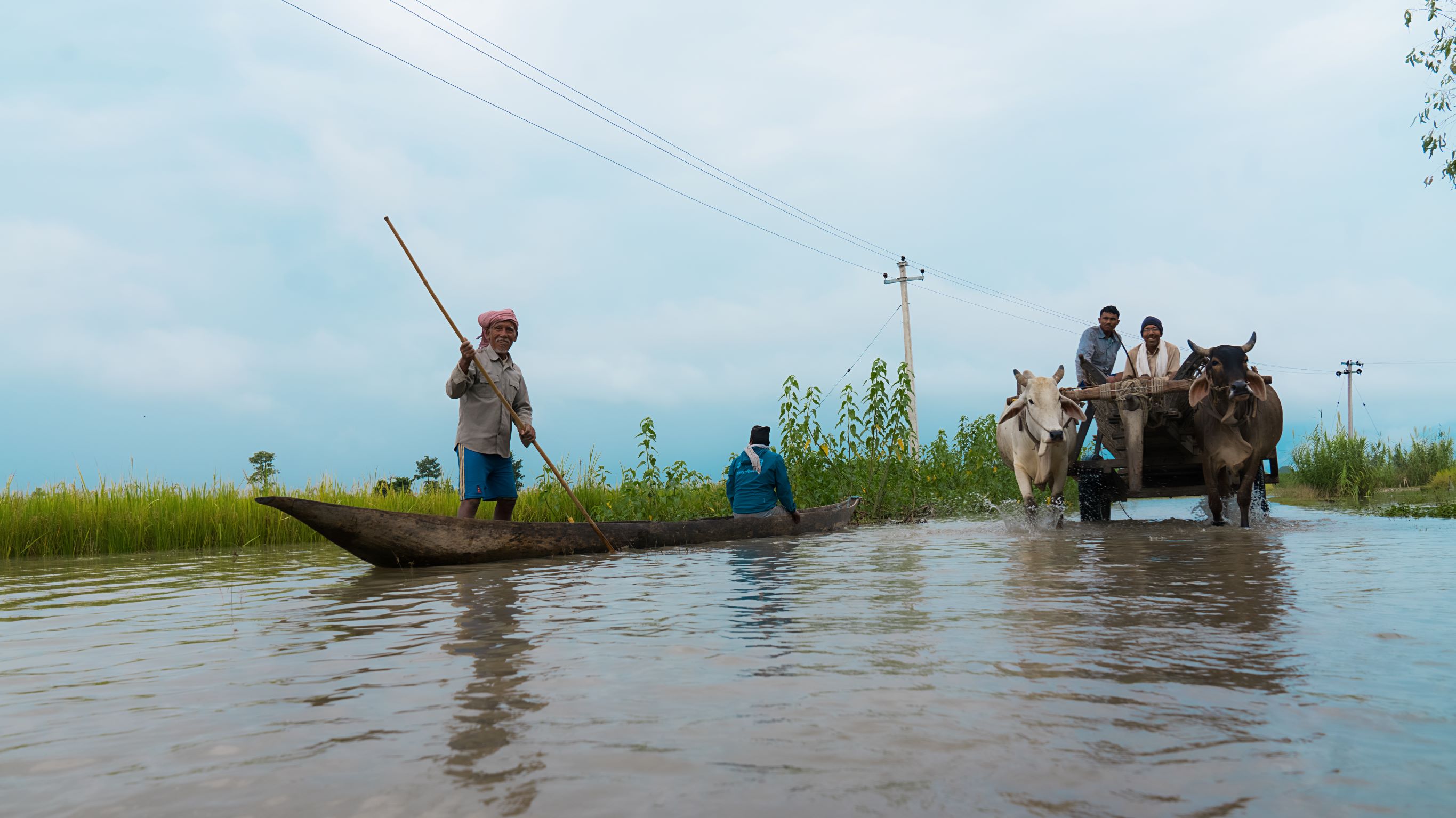The climate crisis is expected to increase the number and intensity of natural hazards worldwide. Transport logistics information is becoming even more crucial in disaster preparedness and responsiveness due to the essential needs of health care, food security, and evacuation measures. As important information is often unknown or unavailable, emergency responders may get stranded when trying to reach populations affected by disasters and/or when delivering aid in the critical response period, post-disaster.






